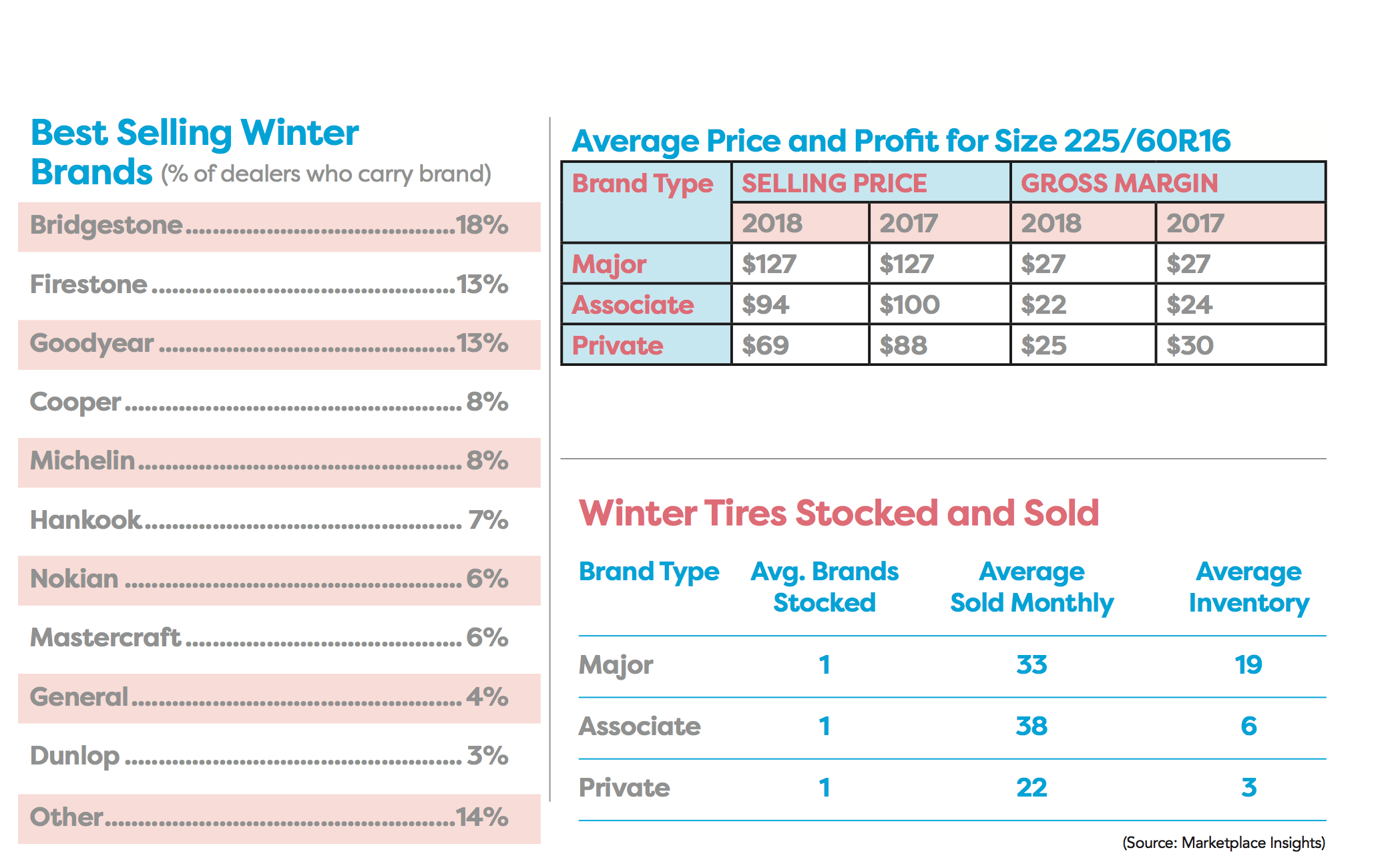

Harassment: Policies regarding harassment include sexual, verbal, bullying, or electronic. Safety information ranges from equipment use to what to do when there is dangerous weather and employees are either at work or can’t get to work. Both explain your policy as well as provide instructions for employees to report unsafe incidents so that they are dealt with. Safety: You already know you need to comply with OSHA standards, but outlining your safety policies and approach is wise. You will probably want to include a smoking policy some cities and states have laws that prohibit smoking in the workplace. no illegal drug use) as well as what they should avoid while on duty (e.g. Be sure to clarify what employees are allowed to do both to avoid losing their job (e.g. Safety issues range from physical safety using tools and machines at work to personal and emotional safety in the workplace.ĭrug and alcohol use: Many workplaces have policies regarding drug and alcohol use, some of which include drug testing. Workers compensation: Workers compensation policies, according to state and federal law, should be clearly outlined, as well as what employees should do to claim compensation. Your handbook should reflect both of these as well as refer employees to applicable legal information provided by the federal and state government. Non-discrimination policies: Each state has their own laws regarding discrimination and equal-opportunity employment, but the federal government also lays out some laws, too. Your state may have additional requirements, too. These include:įamily medical leave policies: The Family Medical Leave Act requires that employers, depending on the size of their business, provide up to 12 weeks of unpaid leave during a 12-month time period for the birth or care of a child, or for serious health issues of the employee or a family member they must care for. There are some topics you must include in your employee handbook, as required by law. Be sure you comply with any laws regarding leave. In other words, if you have a leave policy, write it down clearly and let employees know what it involves. You should also inform employees of leave policies in regards to military service, disability, crime victims leave, voting leave, bereavement leave and so on.

#Bridgestone firestone employee handbook full#
You don’t have to include these outside documents in full in your employee handbook. health insurance) from these outside providers, so be sure to refer your employees to these documents, and be sure to make these documents available to your employees. You likely have official documents regarding many of these benefits (e.g. This includes things like health insurance, retirement, and vacation, but also the rules and guidelines for sick leave and vacation pay. General employment: Talk about any employee referral programs that you might offer, as well as topics such as how and when you post new jobs, termination and resignation policiesīenefits and leave: Lay out the details of the benefits your full-time and part-time employees are eligible for. And don’t forget to tell them how often and when they will be paid! Employees need to know when they are to expect their paycheck. Let employees know that you will be making the necessary federal and state tax deductions so that they understand the difference between their stated pay and their take-home pay. Talk about pay increases, and when and how that occurs. Include information on things like bonuses, such as how employees can earn a bonus, or the circumstances through which bonuses are distributed. Pay: Share all information on pay for hourly, salaried, full-time, and part-time employees. Let employees know about overtime, including who is eligible for it and how they go about getting compensation for it.

Hours: Provide details on expectations for both full-time and part-time employees when it comes to the hours worked. The next sections of your employee handbook will outline the things employees are generally most interested in (which is why you put them at the start of the handbook). This is where you will share your business philosophy and culture. Let employees know a brief history, and understand who you are and what you’re all about. Start your employee handbook with an introduction to you and your business. An employee handbook covers the obvious, the seemingly mundane, legal requirements, and the tricky behavior issues, all at once.


 0 kommentar(er)
0 kommentar(er)
